June 7, 2024







Barber Torres, PhD, FAICP, CLTD - Orange County Transportation Planning Division

June 7, 2024







Barber Torres, PhD, FAICP, CLTD - Orange County Transportation Planning Division
• Key Concepts
• Transportation Standards
• Development Review and Codes
• Other Issues
• Resources
• Functional classification – roadway assignment based on role of facility in overall transportation network
Arterial/collector and major/minor
• Access management – techniques to increase road capacity, address congestion, and reduce crashes
Control of access to development sites
Driveway spacing/permitting for state roads/other jurisdictions
Median openings
• Context classification – roadway standards based on land development, character, and transportation network
Source: Access Management Brochure, FDOT Systems Planning Office, 2016.
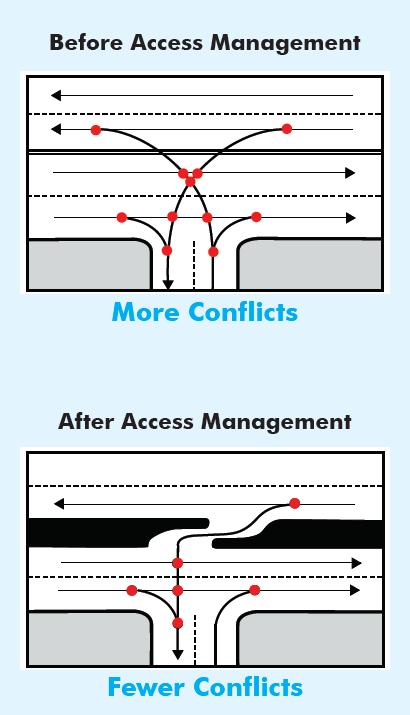

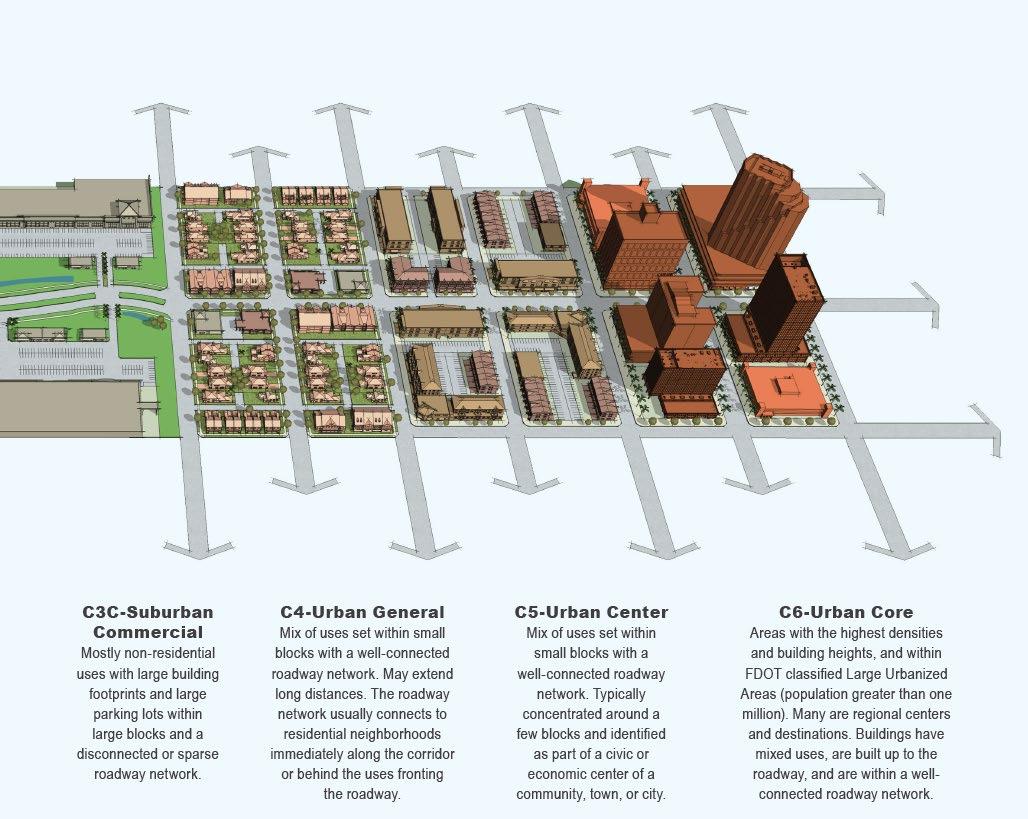
Source: Context Classification Guide, FDOT, 2022.
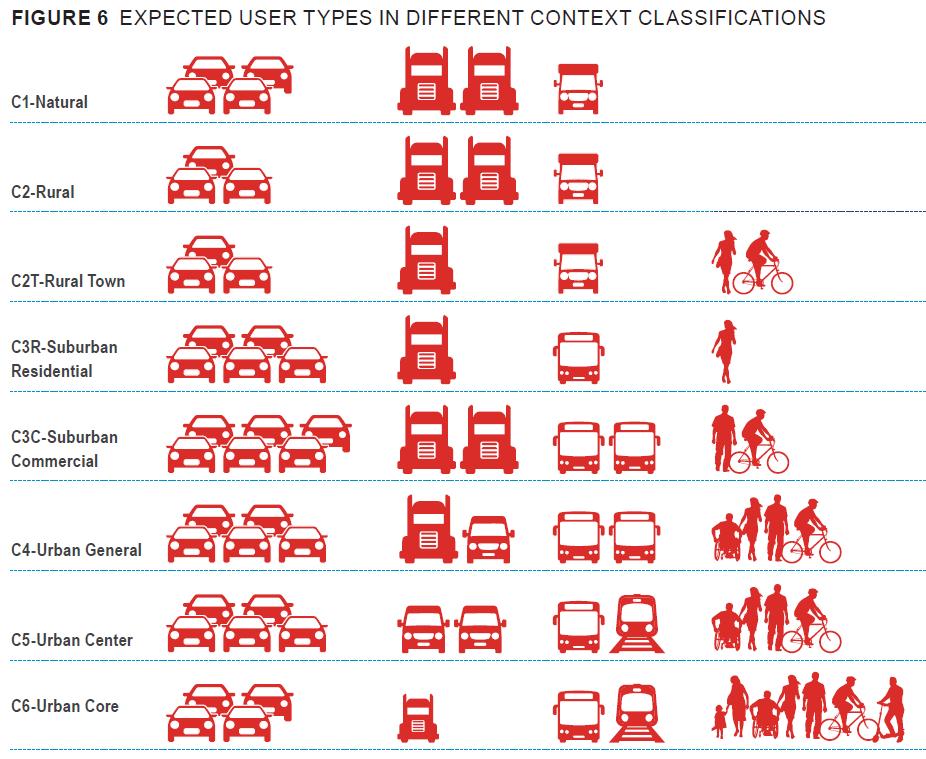

• Complete Streets – roadway design to accommodate the safety and comfort of all roadway users
• Level/quality of service – measures of transportation network performance by mode
Traditional LOS – vehicle delay measured as A – F
FDOT Multimodal Q/LOS Handbook – now context-based
Level of Traffic Stress (Mineta Institute concept)
• Vision Zero – safety plans/initiatives to eliminate traffic injuries and fatalities
MetroPlan Orlando grant for 3 counties/22 cities & towns
Source: MetroPlan Orlando, 2023; Alta Planning and Design, 2023.
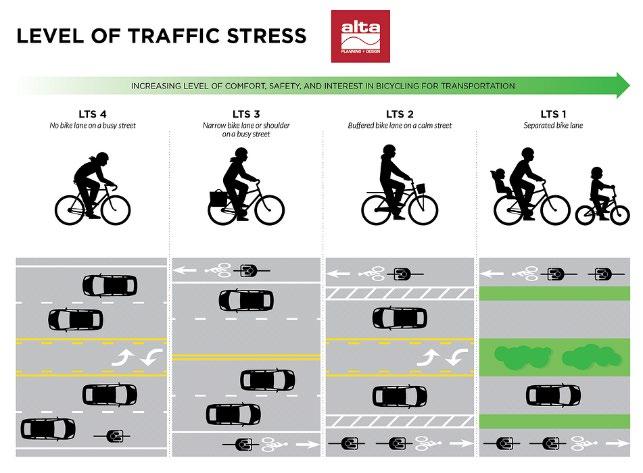

• FDOT’s “Florida Greenbook”
Minimum standards for local government roadways, bridges, sidewalks, bike lanes, bus stops, and other transportation facilities
Not just higher-speed roads – all facility types
Can also use FDOT Design Manual – standards for state transportation network
All county road systems must comply per s.336.045, FS
FDOT standards updated every year (FDM) or few years (Greenbook)

• Local governments can and do adopt standards for roadways they own/maintain
Entire jurisdiction or special districts, like downtowns
Potential conflicts with newer FDOT standards / pending PROWAG accessibility standards, if not updated
Standards only apply to their own roads
Roadway jurisdiction transfers between agencies require agreement under s. 316.006, FS
Not automatic with annexation
Source: U.S. Access Board, 2013.


• Transportation systems require extensive planning and project development by many agencies
FDOT and Central Florida Expressway Authority
Metropolitan Planning Organizations (MPO) for federally-required planning and federal funding
Counties, cities, and towns
• Land development’s timing, location, density/intensity, and connectivity have a huge impact on transportation
Integration of land use-transportation planning
Equity to meet the needs of all roadway users
Source: Robert Wood Johnson Foundation, 2017.






Source: The Transportation Process Briefing Book, FHWA , n.d.
• Land Development Codes should require connectivity, ADA accessibility, and pedestrian safety features
Connected roads (no “one way in/out”) and sidewalks
Access management
Curb ramp at each crosswalk, not one shared
Unobstructed pedestrian access of 4 feet (PROWAG)
Accessible spaces for on-street parking (PROWAG)
Accessible path from building entrances to transit stop (required by 2020 Florida Building Code - Accessibility )
Retro-reflective thermoplastic crosswalks
Source: https://www.planning.org/planning/2022/winter/8-major-roadblocks-to-inclusive-streets/
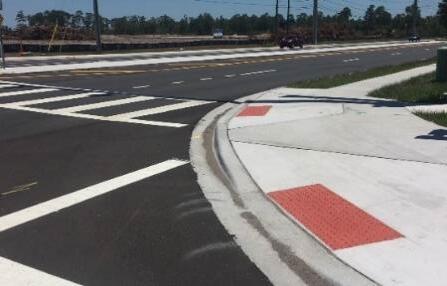



Source: Orange County Government, 2020.
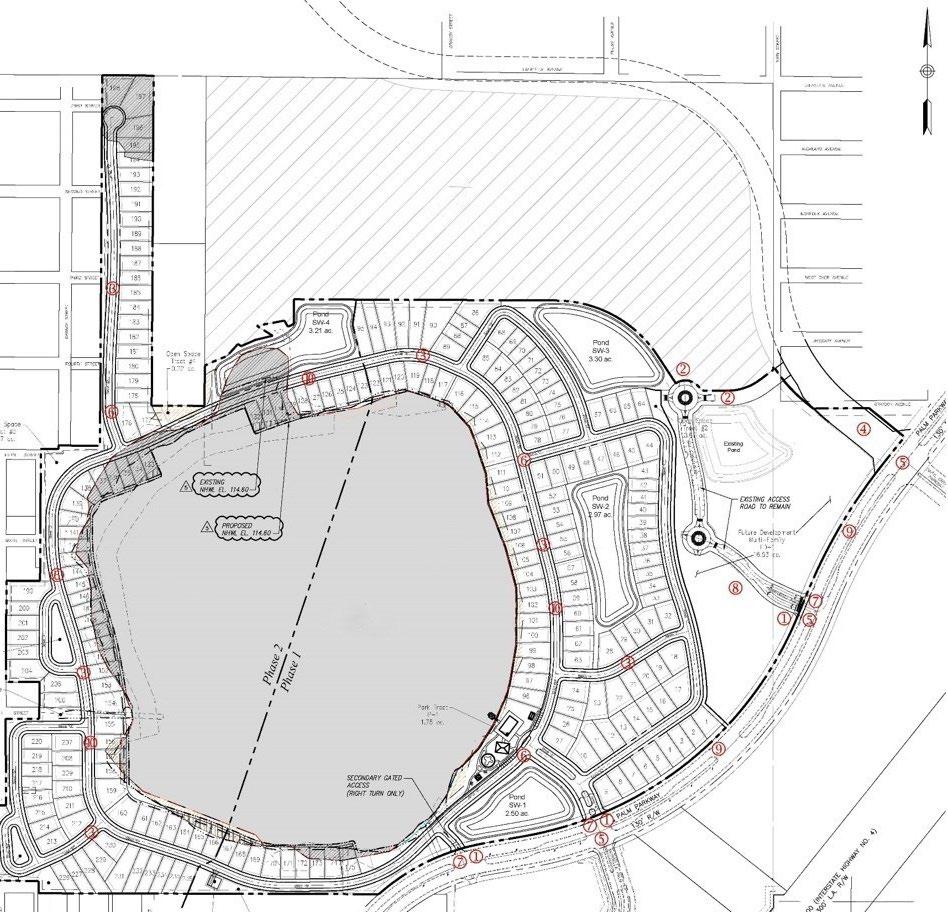


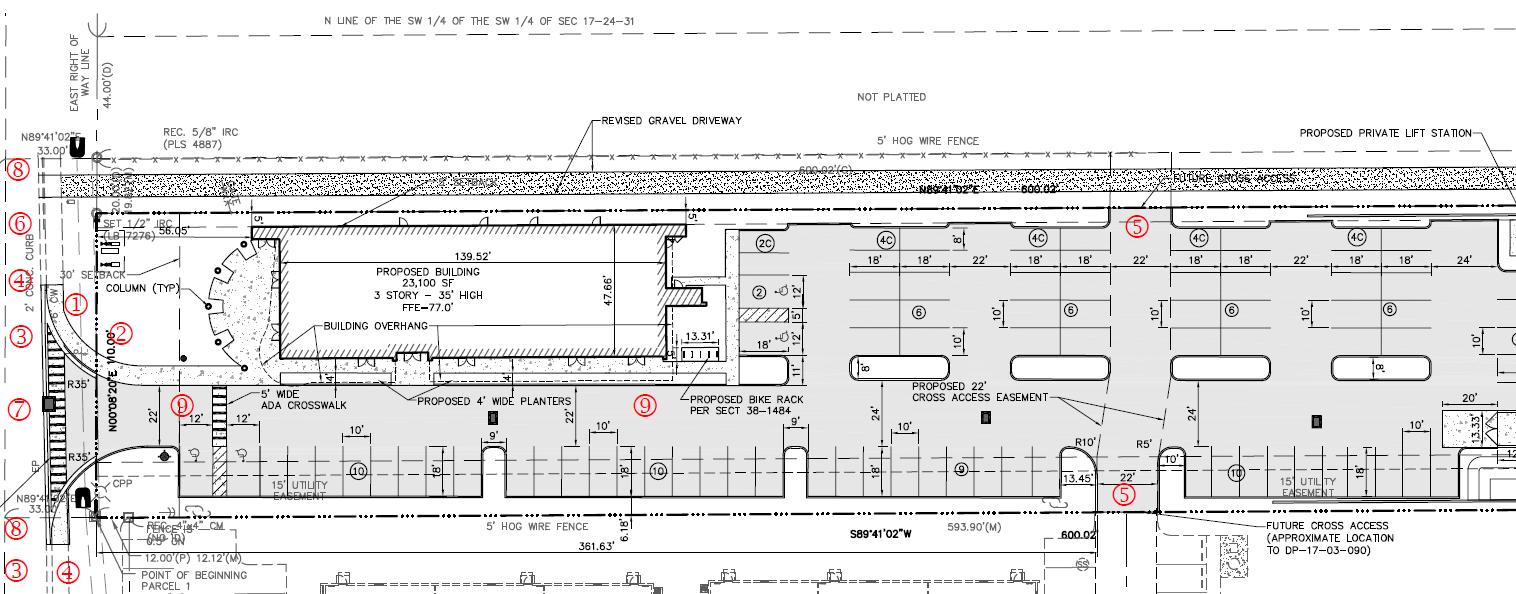
Source: Orange County Government, 2020.

• Lane repurposing or “road diets”
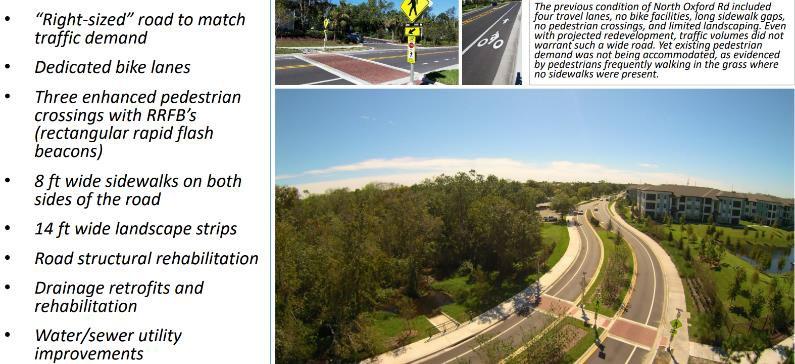
Reallocation of roadway lanes/ROW to improve facilities for all users
Central Florida examples: Edgewater Dr, Oxford Rd
New requirements in s. 334.61, FS - CS/CS/CS/HB 1301 (2024)
• Truck parking
“Jason’s Law” studies show critical Florida/U.S. shortage
Essential to economic activity and growth
FDOT receiving federal grants for District 5 facilities

• Class 1, 2, and 3 electric bicycles
Statutes require treating like a non-electric bicycle
• Curb zone management
Passenger loading zones, staging areas for shared mobility, and short-term parking spaces for delivery
• Impact fees/mobility fees for transportation
Florida Impact Fee Act – s.163.31801, FS
• Micromobility devices
Sources: ITE Curbside Management, 2024; Torres, 2019.
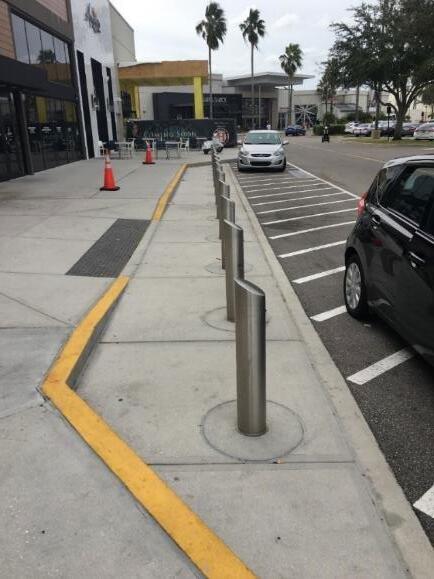
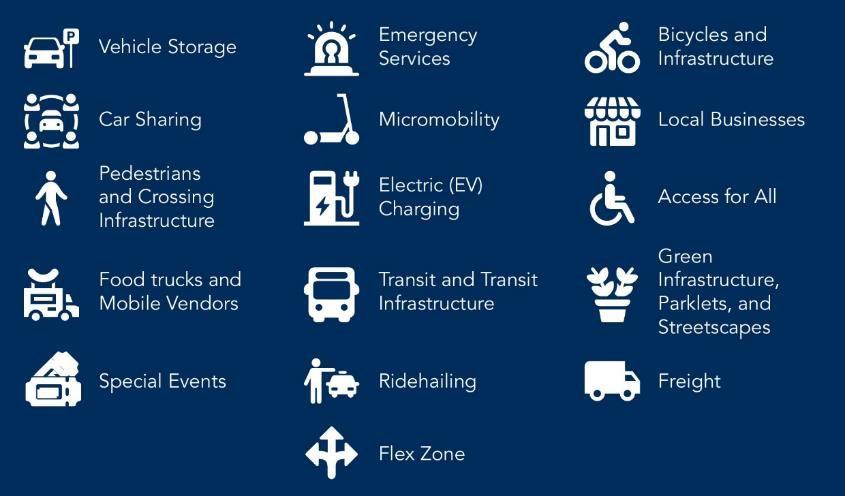
“
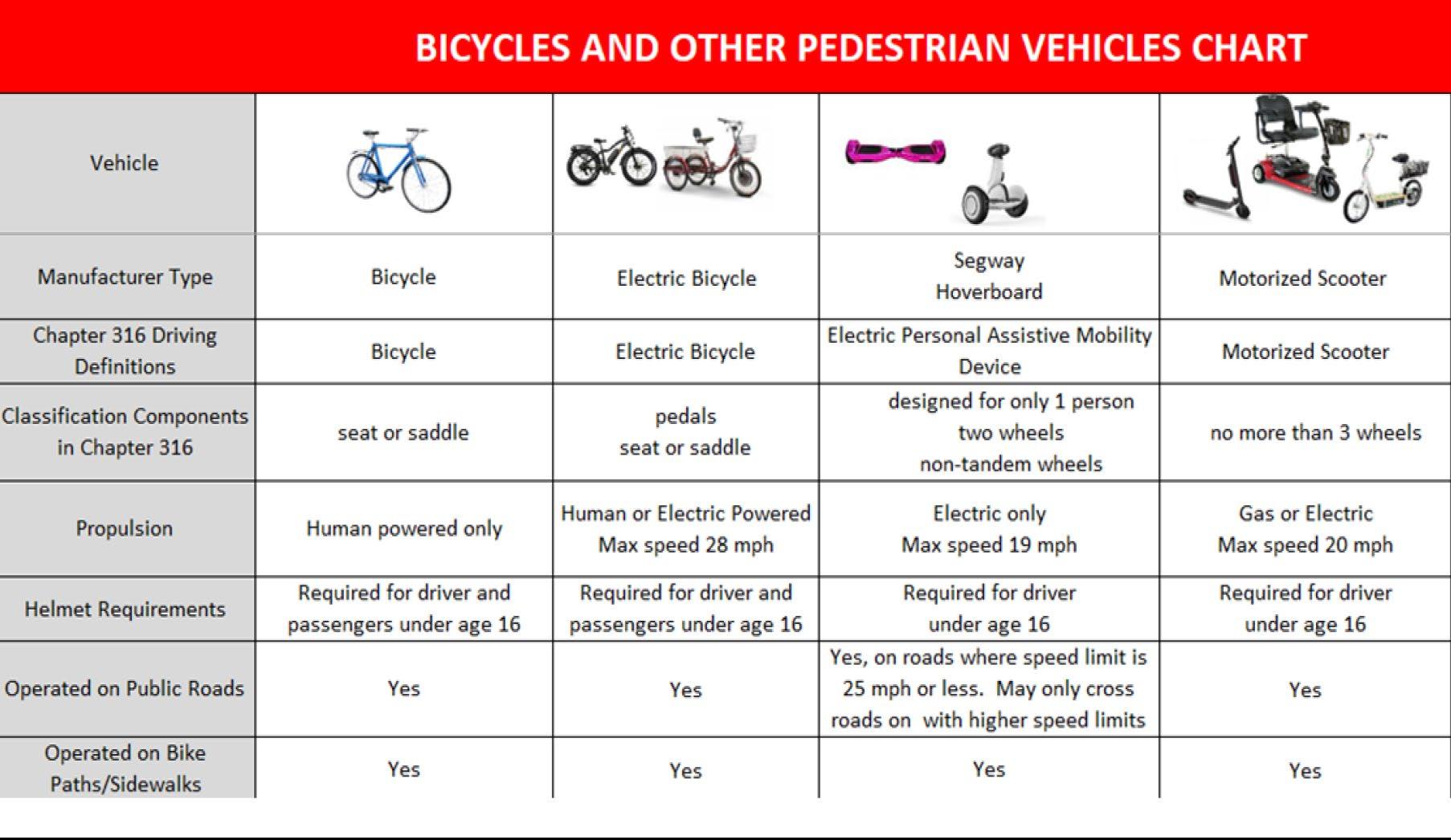
Micromobility device” if it is a motorized transportation device made available for private use, reserved online for point-to-point trips, and can travel up to 20 miles per hour (s. 316.003(41), FS).
Source: Quick Reference Guide for Florida Traffic Laws, Florida Law Enforcement Liaison Program, 2021.




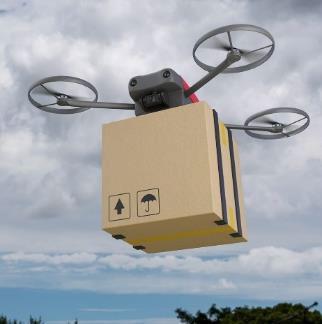
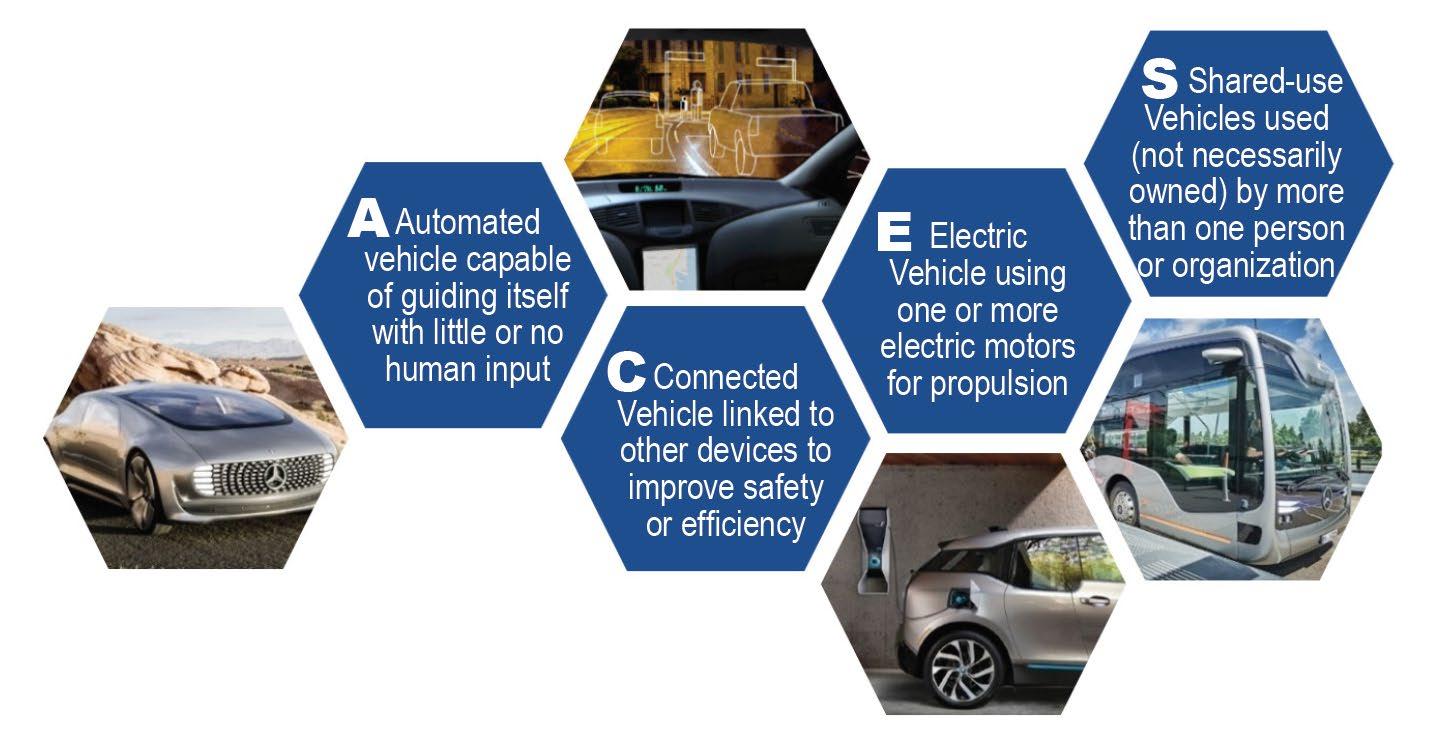


• Delivery drones
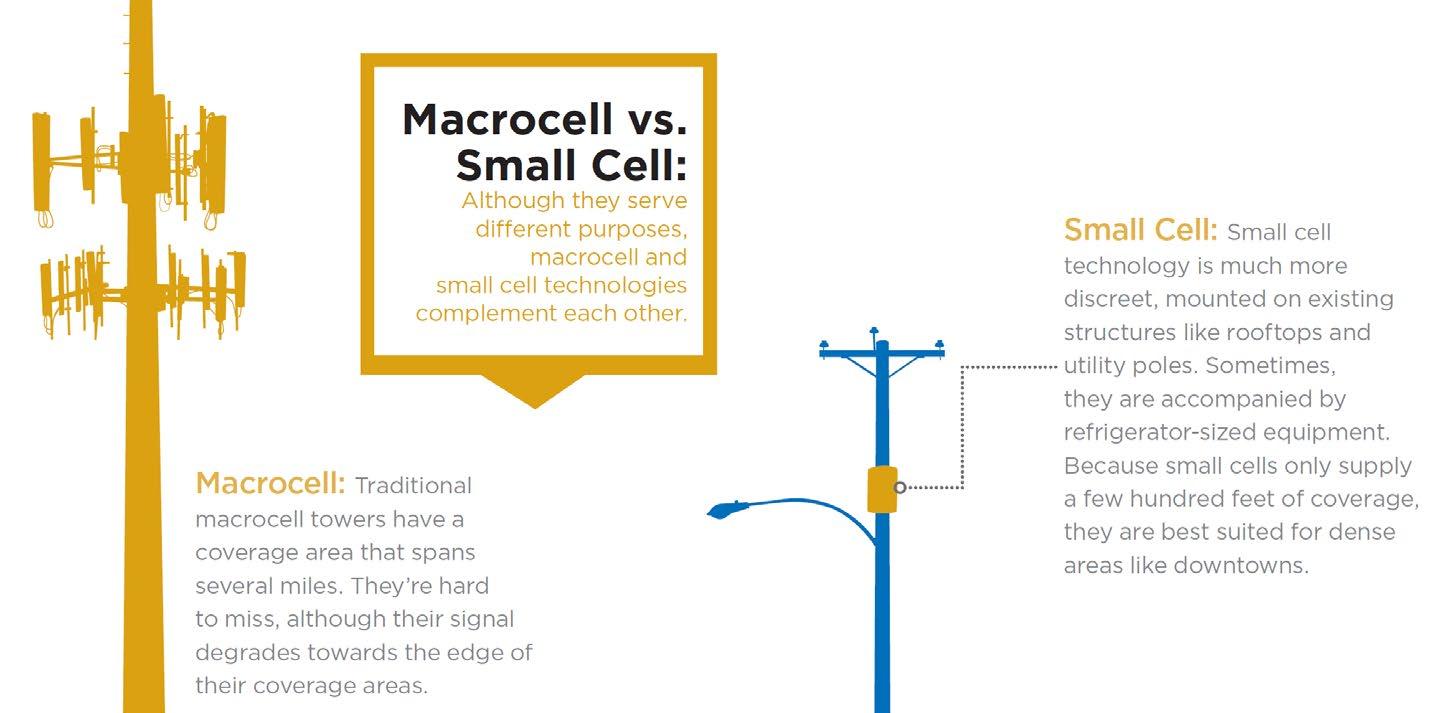
Local government can only regulate setbacks/landscaping – s. 330.41(3)(c), FS
FAA regulations changing – “Beyond Visual Line of Sight”
“Personal delivery devices” already allowed – s. 316.2071, FS
• Small cell wireless
Many restrictions on local regulation at federal/state levels
• Electric vehicle charging in site development

CS/CS/SB 1084 (2024) prohibits adopting or enforcing requirements
Advanced/urban air mobility (aka “air taxis” or “evTOL”)
Sources: National League of Cities, 2018; NASA, 2020.
• American Planning Association
“KnowledgeBase” collections on Active Transportation, Complete Streets, Electric Vehicle Infrastructure, Shared Mobility, Small Wireless Facilities, Tactical Urbanism, and Transit-Oriented Development
Surface Transportation Policy Guide
Advanced Air Mobility articles and PAS Report
• Federal Highway Administration (FHWA)
Proven Safety Countermeasures
Bicycle and pedestrian guidance
Environmental Justice, equity, and grants

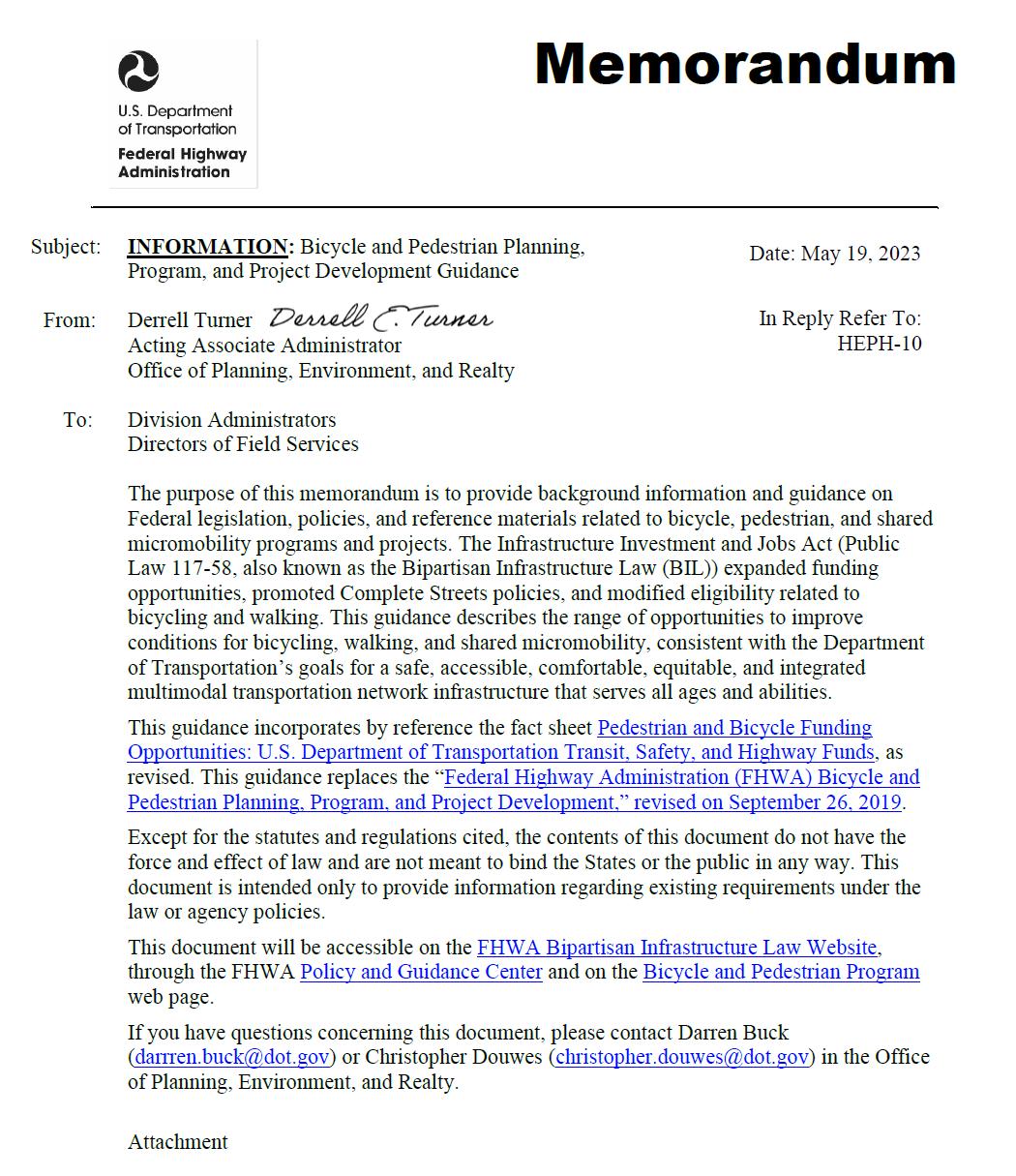
• FDOT
District 5 project information at cflroads.com and cflsmartroads.com
Greenbook and FDOT Design Manual
Lane Repurposing Guide for “road diets”
Florida Transportation Plan
EV Infrastructure Master Plan / EV Infrastructure Deployment Plan
• Local Government Financial Information Handbook
• Florida Statutes
June 7, 2024







Barber Torres, PhD, FAICP, CLTD - Orange County Transportation Planning Division